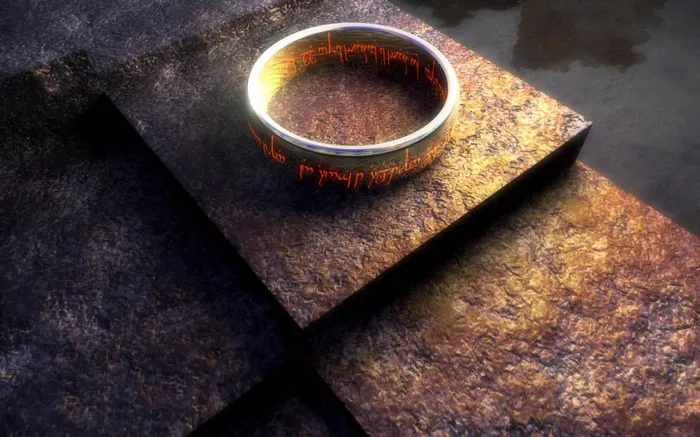The captivating tales of J.R.R. Tolkien have enthralled readers and moviegoers alike, with “The Hobbit” and “The Lord of the Rings” standing as pillars in the realm of fantasy literature. The question of whether to begin with “The Hobbit” or dive straight into “The Lord of the Rings” is a common dilemma for those embarking on the journey through Middle-earth. Let’s explore the options and unravel the narrative choices.
1. The Hobbit: An Unexpected Prelude
“The Hobbit,” published in 1937, precedes “The Lord of the Rings” both in terms of publication and chronology within the Middle-earth universe. Starting with “The Hobbit” introduces readers to the whimsical and adventurous side of Tolkien’s world, focusing on Bilbo Baggins’ unexpected journey and his encounter with the One Ring.
– Pros of Starting with “The Hobbit”:
Introduces readers to the world of hobbits, elves, dwarves, and dragons.
Provides a lighter, more straightforward narrative compared to “The Lord of the Rings.”
Offers essential context for the events leading up to the later trilogy.
– Cons of Starting with “The Hobbit”:
Differences in tone and style compared to “The Lord of the Rings.”
Less emphasis on the epic and darker themes explored in the later trilogy.
2. The Lord of the Rings: A Grand Saga Unveiled
“The Lord of the Rings,” comprising “The Fellowship of the Ring,” “The Two Towers,” and “The Return of the King,” is a monumental work that delves deep into the lore of Middle-earth. Starting directly with “The Lord of the Rings” immerses readers in an epic tale of friendship, heroism, and the battle between good and evil, with the One Ring at its core.
– Pros of Starting with “The Lord of the Rings”:
Immediate immersion into the grand and complex narrative of Middle-earth.
Introduction to iconic characters like Frodo, Aragorn, and Gandalf.
Captures the darker and more mature themes explored in the trilogy.
– Cons of Starting with “The Lord of the Rings”:
Potential for missing the backstory and context provided by “The Hobbit.”
Steeper learning curve for readers unfamiliar with Tolkien’s world.
3. Combining Both Journeys: A Comprehensive Approach
For those seeking a more comprehensive experience, reading both “The Hobbit” and “The Lord of the Rings” in chronological order offers a holistic understanding of Middle-earth. This approach allows readers to witness the entire arc of the One Ring, from its discovery in “The Hobbit” to the climactic events in the later trilogy.
– Pros of Combining Both Journeys:
Comprehensive exploration of the overarching narrative.
Deeper understanding of the characters, themes, and lore.
Smooth transition from the lighter tone of “The Hobbit” to the epic scope of “The Lord of the Rings.”
– Cons of Combining Both Journeys:
Increased time commitment.
Potential for some repetition in the narrative, especially concerning the One Ring.
Conclusion: Tailoring Your Middle-earth Experience
In the end, the decision of whether to start with “The Hobbit” or “The Lord of the Rings” depends on personal preferences and the desired depth of immersion. Both approaches offer unique merits, allowing readers to tailor their Middle-earth experience based on their interests and prior knowledge.
Whether you choose the unexpected prelude of “The Hobbit,” the grand saga of “The Lord of the Rings,” or opt for a comprehensive journey through both, the enchanting landscapes, rich characters, and timeless themes of Middle-earth await. So, embark on your chosen path, and let the adventure unfold in the mythical realms crafted by the master storyteller, J.R.R. Tolkien.

